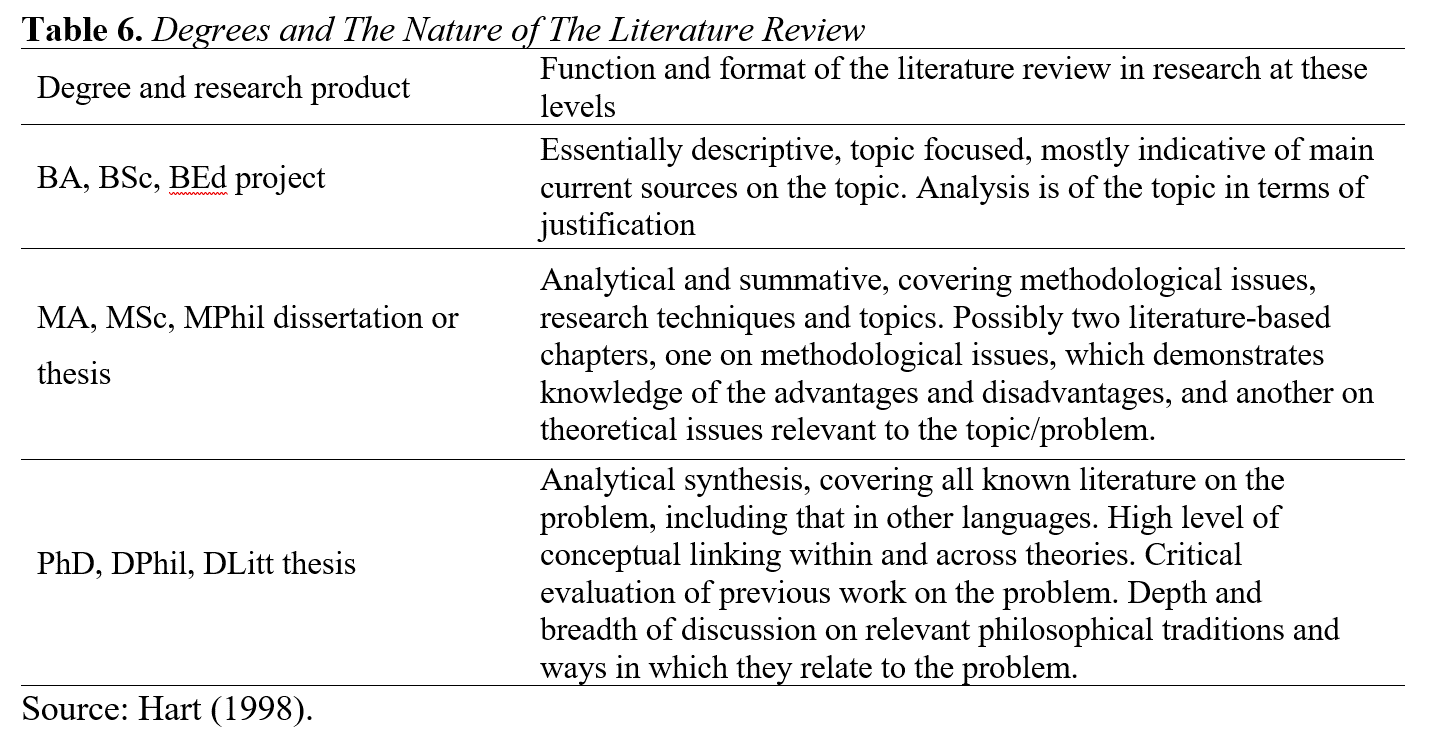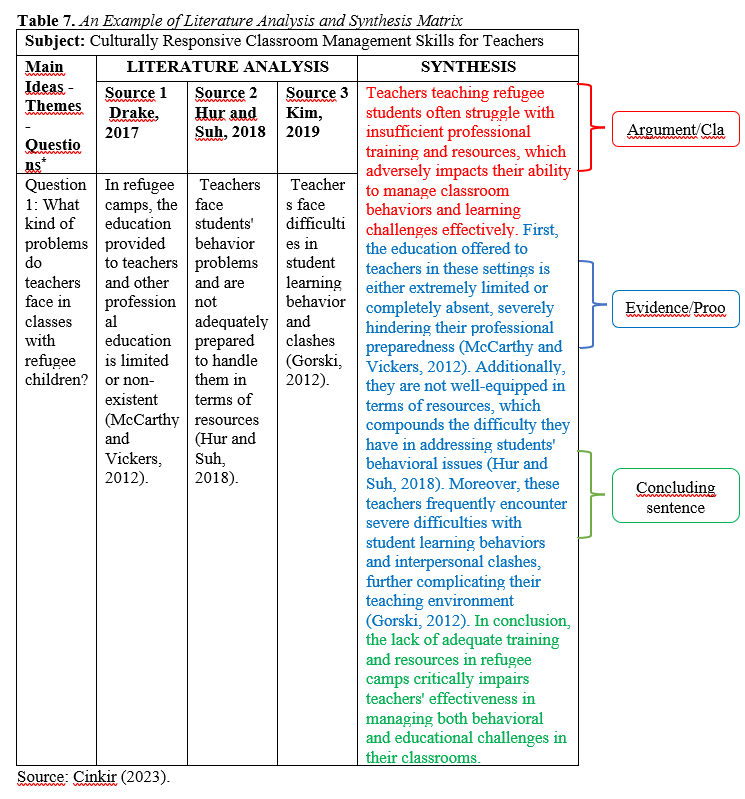Academic studies aim to contribute to the relevant literature in which the study is conducted and to answer some problem situations in that field. In academic writing, it is therefore necessary to state the contribution and significance of the work to the literature. A strong and clear significance/contribution claim can help your audience to understand why they should read your articles and how your articles provide benefits to them. As a writer you can put the significance/contribution statements in different places of your academic studies. They can be in abstract, introduction and discussion sections of your study.
In the abstract. Abstracts grab and hold readers’ attention to your study. Thus, stating the significance/contribution of your study can be useful for your target audience. Teng, et. al. (2022)’s article’s abstract can be shown as an example:
This empirical study serves two purposes. The first purpose is to validate a newly developed instrument, the Metacognitive Academic Writing Strategies Questionnaire (MAWSQ), which represents the multifaceted structure of metacognition in an English as a Foreign Language (EFL) academic writing setting. The second purpose is to delineate the predictive effects of different metacognitive strategies on EFL academic writing performance. Data were collected from 664 students at a university in mainland China. Confirmatory factor analyses (CFA) provided evidence for the fit for two hypothesized models, i.e., an eight-factor correlated model and a one-factor second-order model. Model comparisons documented that the one-factor second-order model was a better model, through which metacognition functions as a higher order construct that can account for the correlations of the eight metacognitive strategies, pertaining to declarative knowledge, procedural knowledge, conditional knowledge, planning, monitoring, evaluating, information management, and debugging strategies. Results also provided evidence for the significant predicting effects of the eight strategies on EFL academic writing performance. The empirical evidence supports the transfer of metacognition theory from educational psychology to interpreting EFL academic writing.
In the introduction. According to Cooper (2015) introduction sections have three parts as what is known, what is unknown, and what your burning question, hypothesis, or aim is. Thus, the significance or the contribution part of your study explains how much of the unknown part is going to be revealed in line with your burning question, hypothesis, or aim. As an example, apart from the introduction section of Teng, et.al. (2022) can be seen:
… The development of academic writing is in the hands of those who understand, plan, set goals for writing tasks and react to, and reflect on what has been written (Sasaki et al., 2018). In this respect, we see a potential in assessing EFL learners’ use of metacognitive academic writing strategies and the predictive effects of metacognitive writing strategies on academic writing. The purpose of the present study is thus twofold: (a) to validate a questionnaire about metacognitive strategies on academic writing; and (b) to explore the extent to which strategies predict EFL students’ academic writing performance. Findings can shed light on the understanding of metacognitive strategies on EFL academic writing. Teachers can thus gain insight on how to foster instruction of targeted metacognitive writing strategies for students. A final contribution is the potential for researchers to transfer educational psychology theory, e.g., self-regulation and metacognition, to EFL academic writing pedagogy.
In the discussion section. The discussion section includes a comparison of your results with other directly relevant data from the published literature. Therefore, the contribution of your study to the literature and the importance of your results for the literature can be emphasized once again in this section. As an example, apart from the discussion section of Teng, et.al. (2022) can be seen:
The empirical findings support that metacognition functions as a theoretical construct that can account for the significant correlations of eight lower-order metacognitive strategies in academic writing. Consistent with Schraw and Moshman’s (1995) study, the construct of metacognition accounts for a “systematic structure of knowledge” that can be used to explain and predict a broad range of learning strategies (p.356). The present study also sheds light on the metacognition theory that deploys a range of strategies related to declarative knowledge, procedural knowledge, conditional knowledge, planning, monitoring, evaluating, information management strategies, and debugging strategies (Schraw & Dennison, 1994).
The importance or contributions of a scientific study are important issues that must be clearly expressed in academic writings. Academic studies aim to contribute to the relevant literature in their field and address specific problem situations. It is important to express the importance of the work and its contributions to the existing literature. A strong, clear claim about the importance or contribution of the research can help readers understand why they should be interested in the research and how the research benefits them. These statements can be included in various sections of the academic article, such as summary, introduction, and discussion. For example, clearly stating the importance or contribution of the study in the abstract can attract and maintain the reader's attention, making the study more relevant and useful to the target audience. In summary, academic studies aim to contribute to the relevant literature and answer some problems in those fields. Therefore, in academic writing, it is necessary to state the contribution and importance of the study to the literature. A strong, clear contribution claim can help your audience understand why they should read your article and understand how your article benefits them. These statements can be included in the abstract of your work, in the introduction and discussion sections.



